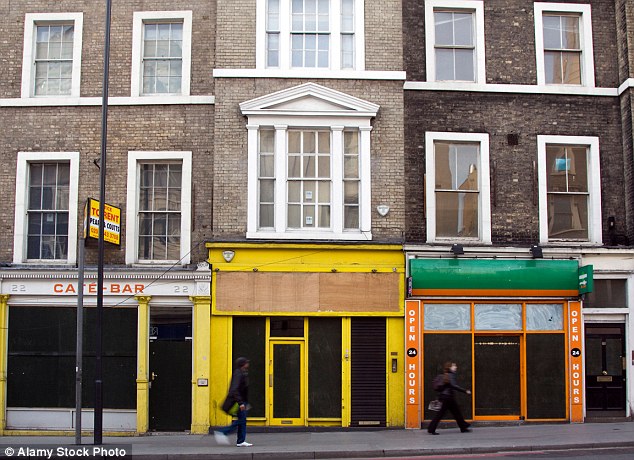How the digital players disrupt the retail market is barely news for anyone, enough to think about the fact that Jeff Bezos became the richest person on the planet lately for a few days. B2C e-commerce accounted for more than 500 billion USD in the last year, and it is exploding. Amazon and its peers in different industries and countries are building immense and perfectly efficient systems, which are breaking down the competition everywhere.
In this disruptive process, many traditional competitors will fail, especially those, in case of which the main driver of the value proposition is the price and the simplicity of shopping. Malls and big-box retailers are struggling and the department store staff is getting hired by the closest Amazon warehouse.
But if digital commerce is so efficient and convenient why Amazon launched its Amazon Go service, which is a traditional store (with some futuristic features)? Why some retailers with traditional profile, like BestBuy, thrive?
Let’s take the example of Silicon Valley startup Bodega, which became an internet sensation overnight, sometimes cited as the most hated Startup of Silicon Valley. Bodega’s idea was to meld AI with mobile retail by creating super-smart vending machines, analyzing and forecasting the demand and so provide sufficient products. Sounds something very disruptive and is fitting the current Silicon Valley trend, right? What was the problem? The name and the manifesto. They wanted to replace the Bodega, the traditional mom-and-pop corner store.
Community
Now we’re at the first attribute of the local retail which is hard to disrupt: community. The corner store, especially in immigrant communities is not only a place to buy goods, but also a meeting point, a sort of small agora in today’s (metro)polis. Families, communities support the owner by buying things here and it slowly becomes something way more than a shop. Access Bazaar, a NYC based startup is also disrupting trade, but the b2b segment: it supplies small shop owners on a web platform. Its founders are themselves of a Latino background, and see the importance of the corner shops within the community, or, as they call it, Bodega.
Retailers which build on communities or create living spaces instead of just selling things might have a place in the fabric of the city.
Interaction
Another important perspective of traditional retail is interaction. Interaction with the wished good, touching it, trying it and so on. Or interaction with the seller, if the given product requires greater expertise. BestBuy was struggling a few years ago as many customers just popped into their store, tried the newest gadgets quickly and ordered them from Amazon later. So interaction was important for the customers, but they were really price sensitive. As BestBuy introduced their best price guarantee program and improved their customer services, suddenly people rather ordered their new TV from BestBuy. As they say, BestBuy went from “brick & mortar to showcase & ship”.
So in case of specific goods, showcasing will remain important, so those stores might be able to retain customers where they can put experience in shopping.
Being local
The third aspect to highlight is being local, which correlates really strongly to the first suggestion, building on communities. Consuming local goods is becoming more and more important for the city people as, quality, eco-friendliness and locality go hand-in hand lately. Local players might cooperate, sell their products together, creating local urban markets. This requires low investment and have many examples throughout today’s cities from local farmer’s markets to craft fairs and pop-up stores.
I listed some alternatives, that are rather positive scenarios from social and urban perspective, as city spaces retain their role of being meeting points, places for social interaction.
In a negative utopia in-store shopping as we know it, touching and trying before buying will become a privilege of the few in a downtown flagship store.
Others will be picking up their pre-boxed purchase from a robotic service center somewhere in the suburbs, or it will be already packed in the trunk of their autonomous car. In these visions, social interactions are minimal and urban spaces are left unused.
Disruption always leads the markets to a more efficient state of operation, so it is generally considered a positive phenomenon, where some short term backlashes might occur, as the traditional ways and methods are replaced.
But the disruption of the retail industry is unlikely to be total, as there are some basic, instinctive needs of us, human beings: forming communities, interact and belong somewhere.
Vince Takács
487491
Sources:
RSM BIM Information Strategy, 2nd Lecture, 19.09.2017.
https://www.fastcompany.com/40468728/access-bazaar-online-marketplace-startup-for-bodegas
https://www.nytimes.com/2017/09/18/business/best-buy-amazon.html

